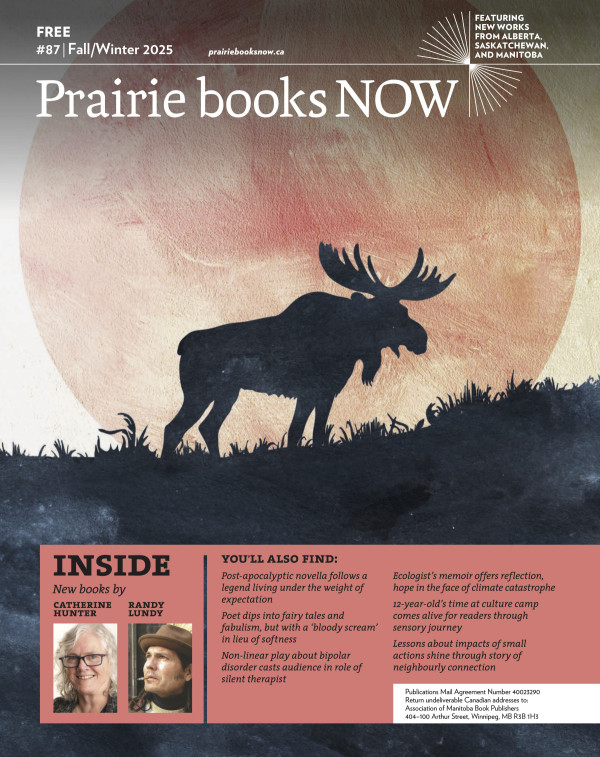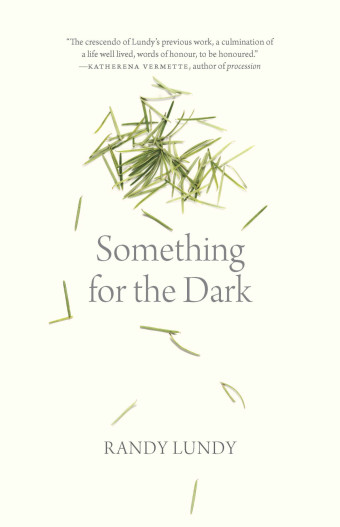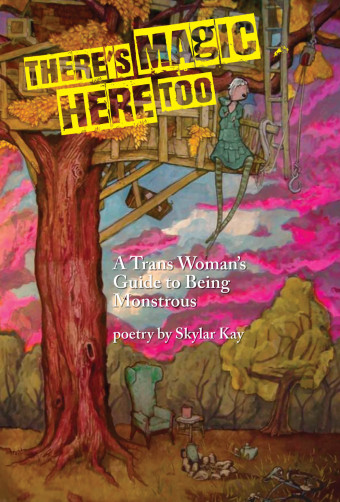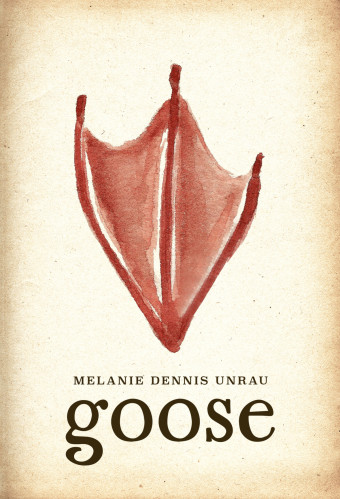Courtney Bates-Hardy’s first collection of poetry, House of Mystery, came out in 2016.
“My first book was written as my master’s thesis, and I was cramming the writing into lunch breaks while working full-time,” Bates-Hardy notes. “I still work full-time, and the nerve pain I experience makes it difficult to be at a desk or bent over a notebook for long periods of time.”

- Anatomical Venus
- Courtney Bates-Hardy
- Radiant Press
- $20.00 Paperback, 88 pages
- ISBN: 978-19-98926-06-0
The Regina resident’s debut focused on fairy tales from the point of view of the female characters. But she’d been working on other poems about monsters before that book was published.
“It’s funny because I initially thought that this book was going to be a cabinet of curiosities of sorts and that it would mostly be about monsters,” Bates-Hardy says of her new book Anatomical Venus.
“Those aspects are still present, but I would say that I didn’t actually know what this book was about until years into writing it.”
In the seven years between books, Bates-Hardy was the executive director of the Saskatchewan Book Awards, then event coordinator, and then marketing and communications consultant with the Regina Public Library.
Given the demands on her time and energy, Bates-Hardy was willing to wait and see what emerged.
“I took my time and I was very choosy about which poems were included,” she says. “I’ve got a little folder of poems that didn’t make it into this manuscript for one reason or another. I wrote things I felt I needed to, even if I knew they wouldn’t fit into the book. And I included old writing.”
Bates-Hardy was very inspired by anatomical art when writing this collection, in particular the work of Jacques-Fabien Gautier d’Agoty (1711–1786). This influence is seen in the visual element of some of the poems in Anatomical Venus.
“The shape poems followed from a desire, I think, to represent the body visually on the page as well as in writing,” Bates-Hardy notes.
“So I ended up with this weaving of words to represent muscles and their shape around the spine in ‘Muscles of the Neck’ and a sloping shape to represent the trapezius in ‘Tightrope.’ ”
Bates-Hardy was also influenced by Rayanne Haines’s book Tell the Birds Your Body Is Not a Gun.

“She weaved prose poems into her book in a way that helped to tell the story of what happened. I initially didn’t include them in my manuscript, but it increasingly began to feel like there was something missing by not including them. The book really came into focus once I added those in.”
Bates-Hardy had started out by invoking everything from anatomical models to feminine monsters, from fairy tales to modern villains, but she wound up in a different place: her own body.
“Anatomical Venus is really about my journey to accept that I am disabled and that the pain I experience as a result of multiple car accidents is chronic and won’t go away if I do the right kind of therapy and exercise,” she says. “Those things can help, certainly, but they don’t heal it.
“I had to learn that healing is a cyclical process, and it took me a long time to accept that.”













